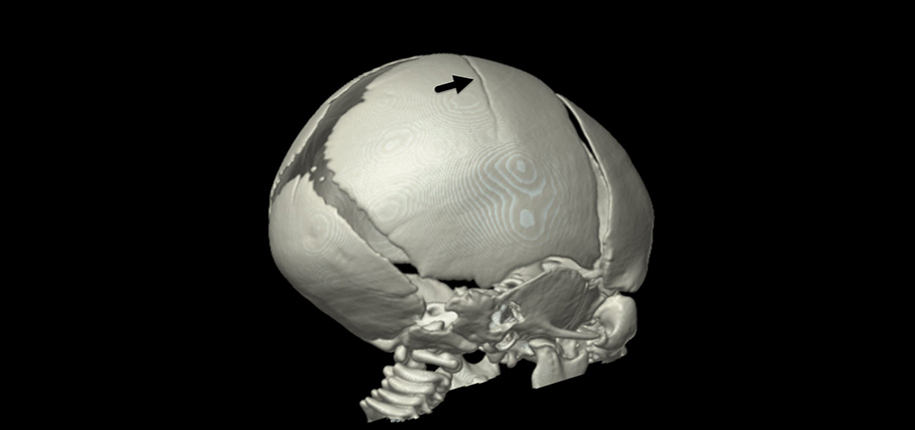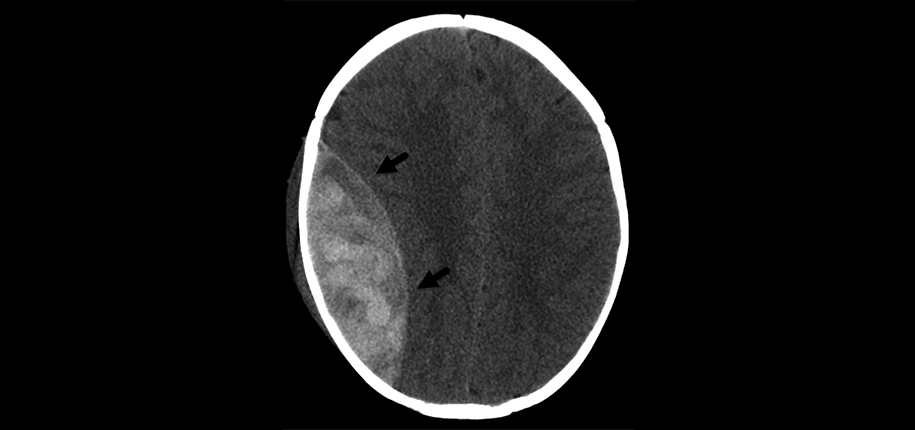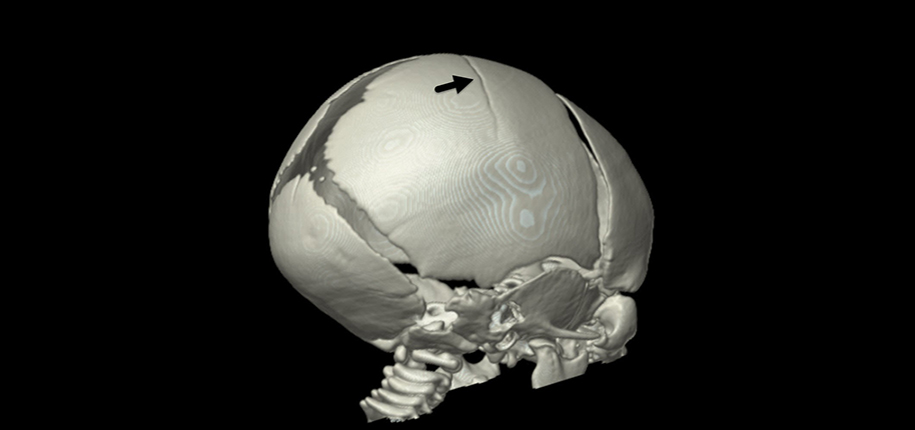
Head trauma occurs frequently in the pediatric population. Children commonly sustain minor head injuries, such as a short distance household fall. Not every child that presents to the emergency department or pediatrician’s office will require head imaging. But how will the doctor decide?
The American College of Radiology (ACR) publishes clinical decision guidelines that are specific to pediatric patients and encompass a variety of clinical scenarios. For pediatric head trauma, the ACR guidelines or appropriate use criteria (ACR Appropriateness Criteria Head Trauma-Child¹) are based on validated algorithms and patient trials. These include the largest study published by the Pediatric Emergency Care Applied Research Network (PECARN)² that provides prediction rules to help physicians determine those children that are at a very low risk for brain injuries occurring as a result of blunt minor head trauma, thus avoiding unnecessary imaging. Along with local, hospital-based algorithms and the experience and expertise of your child’s pediatric care provider, these guidelines help to stratify those patients that may have suffered a more serious injury that requires additional treatment from those with an injury that might not require any imaging at all.

CT remains the primary imaging modality for patients who doctors suspect have suffered a brain or skull injury. CT allows the radiologist to rapidly “see inside” the child’s head to assess for bleeding in or around the brain as well as for skull or facial bone fractures (Figure 1 and 2). Head CT images are acquired quickly and often without the use of sedation. The images of the child’s brain are immediately available for review, which can guide further medical or surgical treatment if necessary. MRI, which often requires sedation in the younger pediatric patient, is usually reserved for follow-up in cases that require additional brain detail and is infrequently used as the initial imaging modality in cases of pediatric head trauma.

References:
Dr. Marguerite Caré, author; Glenn Miñano, BFA, editor; Meredith Towbin, copy editor